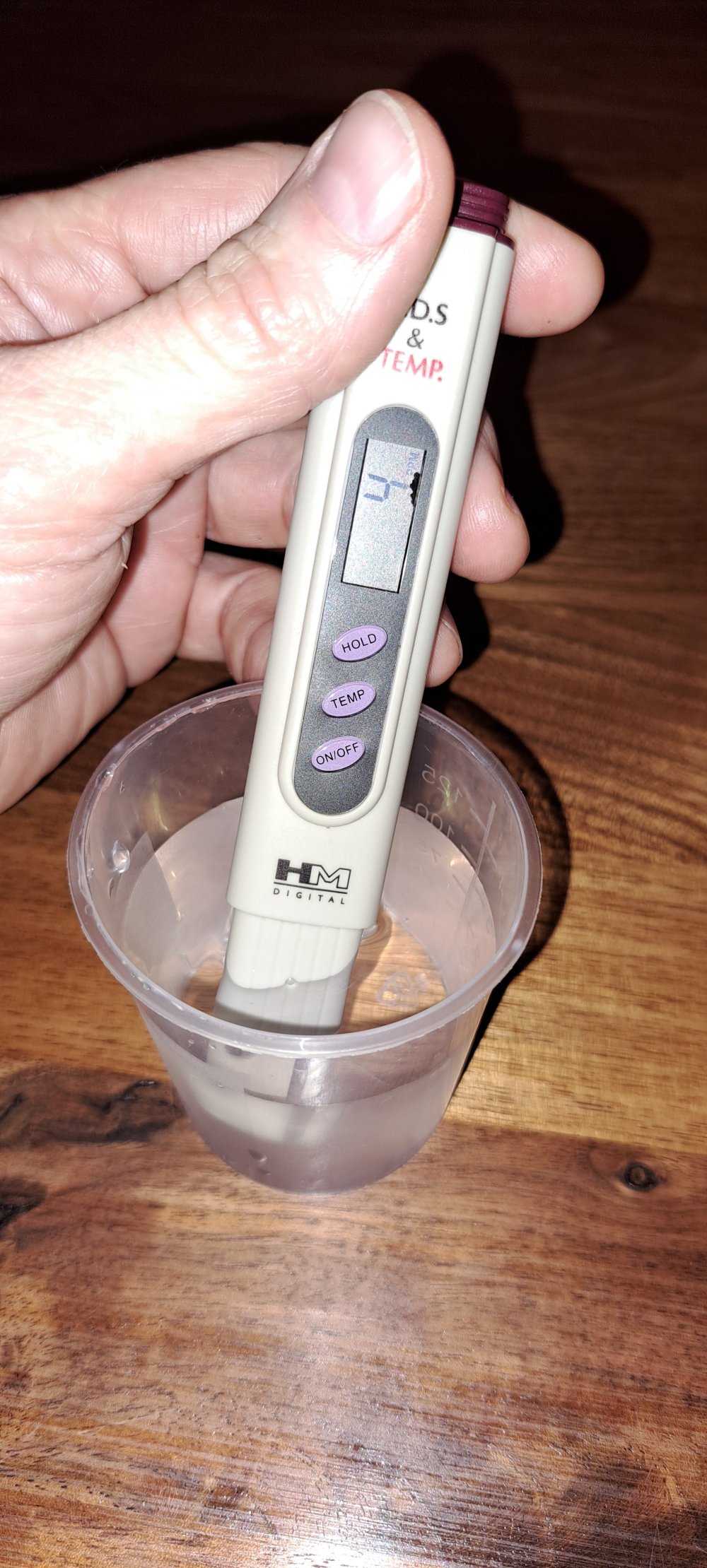Sanniejop
Member
Hello all,
Our tap water has a KH of 8, so I was thinking to do water changes with 50% tap and 50% rain water to lower the KH. Water change itself is 60L on 185L Total.
So to say, I did this once and promptly I saw a brown layer on my anubiases leaves. My oto's are happy to eat it it seems.
I never saw this brownisch layer before but I guess this will be the famous diatoms?
My question is can this prompt occurence of diatoms be related by the fact that the rain water is coming from a flat roof with gravel on it? Can this gravel cause a higher level of silicates in the rain water?
And then the next question. Is there a simple way to remove these silicates from may rain water?
Thanks in advance,
Sandor
Our tap water has a KH of 8, so I was thinking to do water changes with 50% tap and 50% rain water to lower the KH. Water change itself is 60L on 185L Total.
So to say, I did this once and promptly I saw a brown layer on my anubiases leaves. My oto's are happy to eat it it seems.
I never saw this brownisch layer before but I guess this will be the famous diatoms?
My question is can this prompt occurence of diatoms be related by the fact that the rain water is coming from a flat roof with gravel on it? Can this gravel cause a higher level of silicates in the rain water?
And then the next question. Is there a simple way to remove these silicates from may rain water?
Thanks in advance,
Sandor



